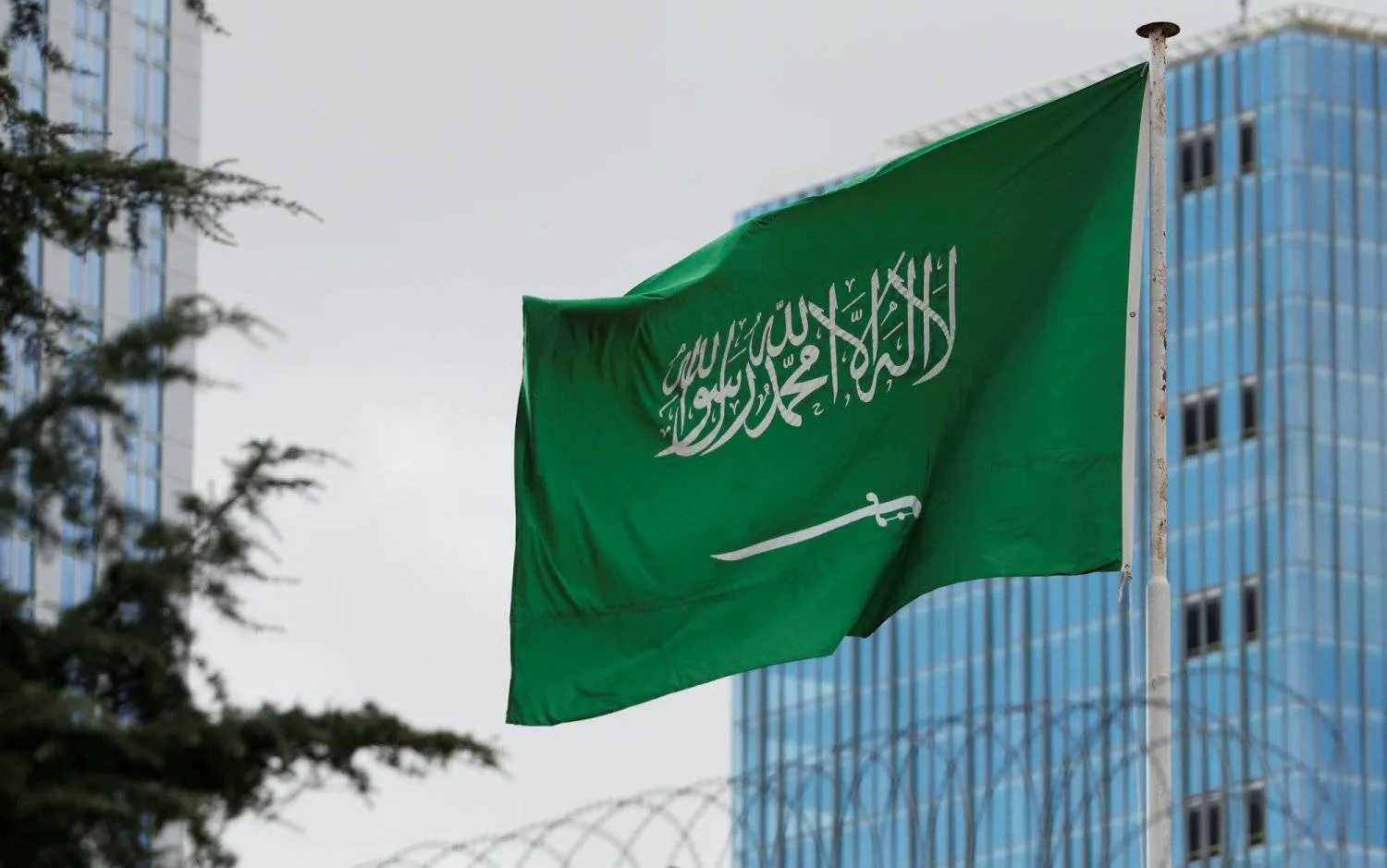The Turkish lira weakened as much as 1.5 percent against the dollar on Tuesday, nearing its weakest level this year, after Russia escalated tensions in eastern Ukraine, posing a risk to Turkey's macroeconomic stability.
The losses came as Russia's parliament approved treaties with two breakaway regions in eastern Ukraine, opening the way for a Russian troop deployment despite the threat of Western sanctions, including blocking a major new pipeline.
NATO member Turkey faces a tough balancing act in the crisis as it has good ties with both Ukraine and Russia. Ankara has criticized Russia's decision to recognize the independence of the two regions, but opposes sanctions, Reuters reported.
The lira slid as far as 13.9025, suffering its biggest daily losses since early January. It has traded in a narrow range since then as Ankara acted to stabilize the currency. It trimmed its losses to 13.85 by 1325 GMT.
The threat of war between Turkey's Black Sea neighbors Russia and Ukraine could harm the country's already ailing economy after a currency crisis in December.
“A prolonged conflict...could keep energy prices high throughout the year, or may even propel them higher. The energy shock is already advancing through various channels to make life miserable in Turkey,” said Atilla Yesilada, Istanbul-based analyst at GlobalSource Partners.
Any prolonged conflict could also cut tourist flows to Turkey by around $2 billion this summer, assuming Russian and Ukrainian tourist arrivals stay the same as in 2021 or dip a bit, he wrote in a note.
Last year, the lira dropped 44 percent against the US currency, tumbling after the central bank pushed through 500 basis points of unorthodox interest rate cuts from September under pressure from President Tayyip Erdogan.
Costly state interventions in the forex market and a scheme to protect lira deposits against depreciation has bolstered the currency since it touched a record low of 18.4 last year.
The lira slide late last year has in turn triggered a surge in annual inflation to nearly 50 percent for Turkey's import-dependent economy, adding to the concerns regarding energy import costs.
Oil prices rose to their highest since 2014 after Moscow ordered troops into eastern Ukraine, adding to supply concerns that are pushing prices towards $100 a barrel.









